I Walked Backwards on the Treadmill Every Day for a Week and Here’s What Happened to My Knees
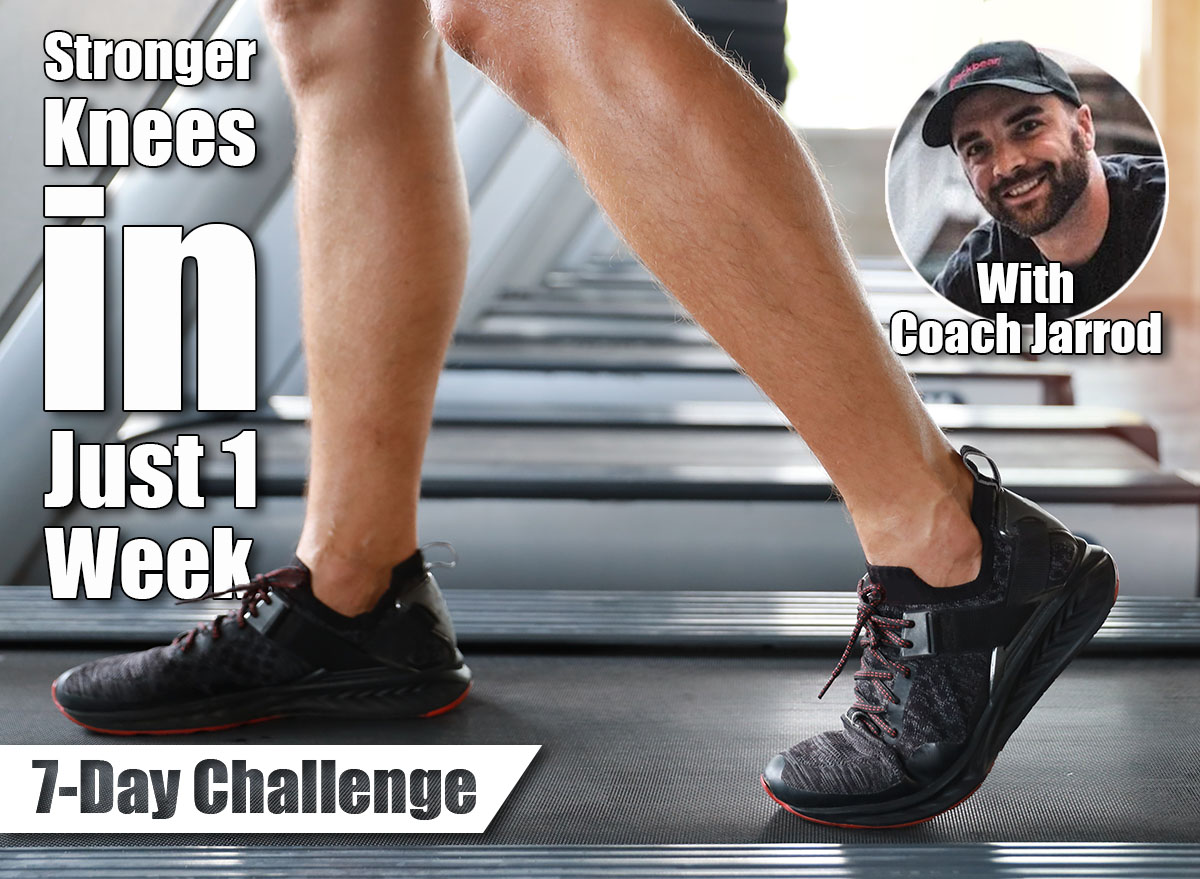
I never thought I’d spend a week staring at a wall while walking backward on a treadmill. But here I was, gripping the handrails in a quiet gym, taking my first reverse steps with a mix of curiosity and caution. My knees had been giving me some subtle signals for a while—nothing serious, but enough to catch my attention. I wanted to see if backward treadmill walking could strengthen the muscles around the knee and ease some of the tension that had built up from years of lifting, squatting, and running forward like everyone else.
The plan was simple. One week. Seven days. Every day, I’d commit to a backward walking session, mixing up the intensity and duration. I paired these workouts with a recovery focus centered on my quads—no skipping days and no excuses. Just backward motion, sore quads, and a new respect for a movement I had mostly ignored until now.
The Learning Curve Is Real
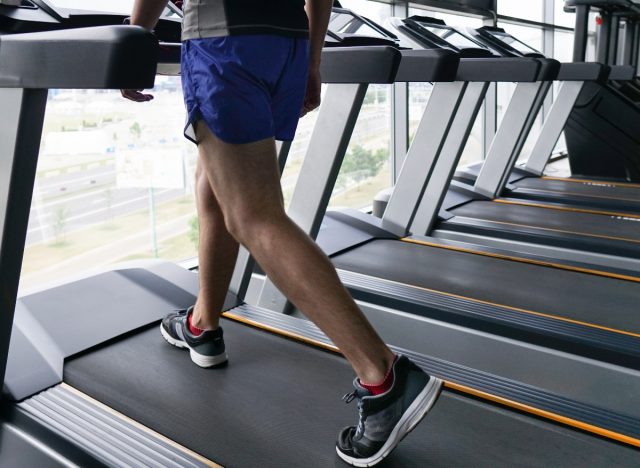
Walking backward on a treadmill is not the same as walking forward. The movement feels foreign. It demands balance, control, and a surprising amount of focus. My first session was short and cautious. I set the incline to one percent and the speed to 1.5 miles per hour. I held the rails, looked down often, and questioned if this whole thing was going to work. By the end of ten minutes, my quads were on fire, and I felt like I had done something entirely new. And I had.
That’s the thing about backward walking. It forces your body to adapt. It pulls your center of gravity into a different position. It loads your quads in a way that forward walking doesn’t. After that first session, I realized I would need to treat this like an entirely different workout category. Not just a warm-up or cooldown gimmick. A real training tool.
Mixing Up the Workouts Made It More Effective
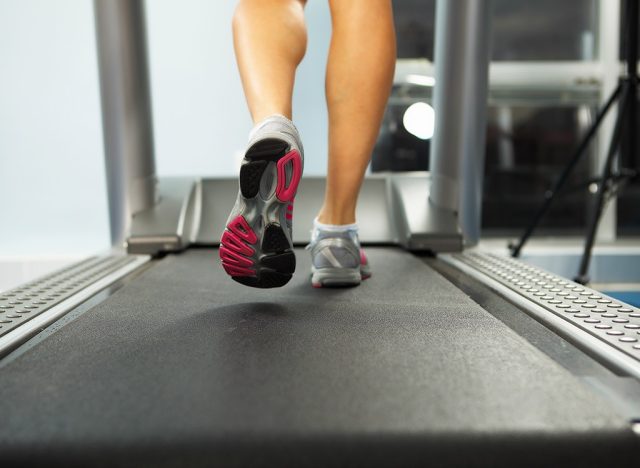
I wanted this to be more than a repetitive experiment. I needed to test this in different formats, just like I would with any other training method. So I rotated between three different backward walking styles throughout the week: steady-state walks, short intervals, and long intervals.
The steady-state walks were simple. Twenty to thirty minutes at a moderate pace, hands off the rails once I built confidence, and a slight incline. These sessions felt more meditative, allowing me to focus on form. I kept my posture tall, stepped with control, and worked on driving through my midfoot instead of my toes.
For intervals, I cranked the incline and worked in short bursts. One minute on, one minute off. Six to ten rounds. These were brutal. My legs burned. My heart rate jumped. I quickly realized this wasn’t just a knee or quad exercise. This was full-body conditioning.
The long intervals sat somewhere in the middle. Five minutes on, one minute off, repeated for twenty minutes. These challenged my muscular endurance and demanded consistent form. I had to stay mentally focused, or my steps would become sloppy. But by day four, I felt smoother. My transitions were sharper. And most importantly, my knees felt stable.
Here’s a glance at the workouts I would utilize:
Backward Walking Interval Burn
This one became my go-to when I wanted to challenge my conditioning and quad strength in a short window. The key was to push the pace during the work intervals and use the rest periods to reset and maintain good form.
Workout Breakdown
- Warm-up: 3–5 minutes of slow backward walking at 1.5 mph
- Work: 1 minute fast-paced backward walk (2.5–3.0 mph)
- Rest: 1 minute slow backward walk (1.5–2.0 mph)
- Repeat: 8–10 rounds
- Cooldown: 3–5 minutes of easy walking forward
This workout smoked my quads and got my heart rate up fast. By round five, I was focused on staying tall, keeping my steps controlled, and driving through each stride. I felt this one the next day every time.
Endurance Walk
This walk was all about building stability, muscular endurance, and rhythm. I slowed things down, increased the incline, and committed to a longer effort without taking breaks. It was more mentally demanding than I expected.
Workout Breakdown
- Warm-up: 3–5 minutes of light forward walking
- Main Set: 20 minutes of continuous backward walking
- Incline: 6–8 percent
- Speed: 1.8–2.2 mph
- Cooldown: 5 minutes forward walk or light backward walk with no incline
This steady-state session required me to maintain my form for a more extended period. I focused on staying upright, avoiding leaning back, and making sure each step was placed deliberately. It didn’t feel intense in the moment, but afterward my legs were shaking and my knees felt more stable than they had all week.
My Quads Took a Beating—In a Good Way
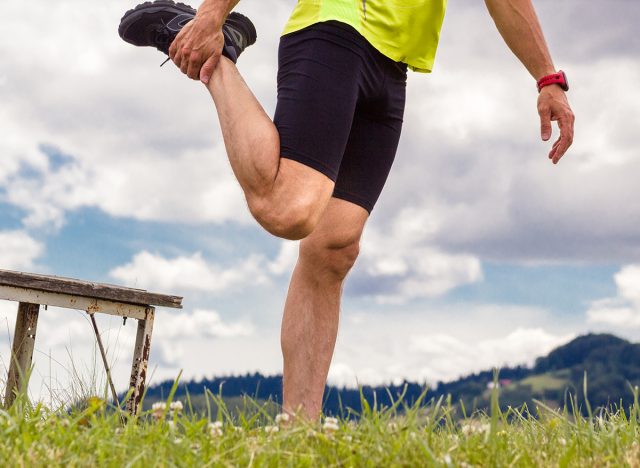
Every backward treadmill workout hammered my quads. There’s no way around it. Your quads become the primary movers when you reverse the motion. I expected soreness, and I got it. But instead of pushing through, I gave my recovery equal attention.
Every night, I foam rolled my quads and hip flexors. I added static quad stretches after each session. I even used a massage gun in the evenings when the soreness began to creep in. I also made sure to stay hydrated and meet my protein goals to aid in muscle repair.
By day three, the soreness became manageable. By day five, I could feel the difference. My quads were working more efficiently. During the workouts, I had better control. Walking backward started to feel smooth, rather than awkward.
My Knees Felt More Supported
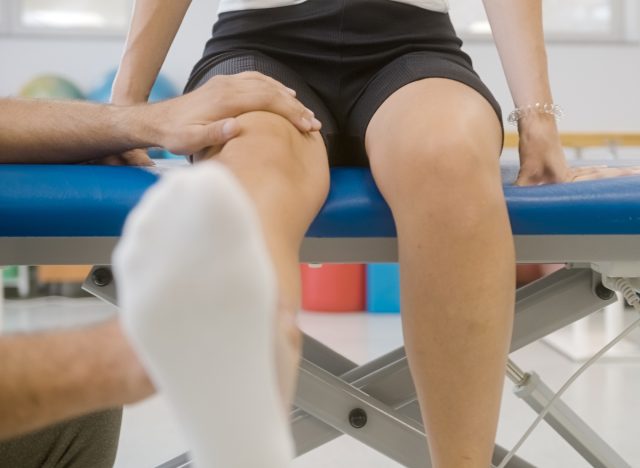
This was the main reason I started the experiment. I didn’t go in expecting a miracle fix, but I was hoping for some improvements. By the end of the week, I had them.
The minor aches and tightness I usually felt going down stairs or after long days on my feet had faded. Not completely gone, but noticeably reduced. My knees felt more supported. They didn’t click or shift as much during squats. I felt more grounded.
What made the most significant difference was how backward walking emphasized the muscles around my knees. The movement recruited my vastus medialis—the inner quad muscle that plays a considerable role in knee stabilization. Strengthening this area had a direct carryover. It felt like I had installed a fresh set of brakes around my knees.
Would I Keep Doing It?
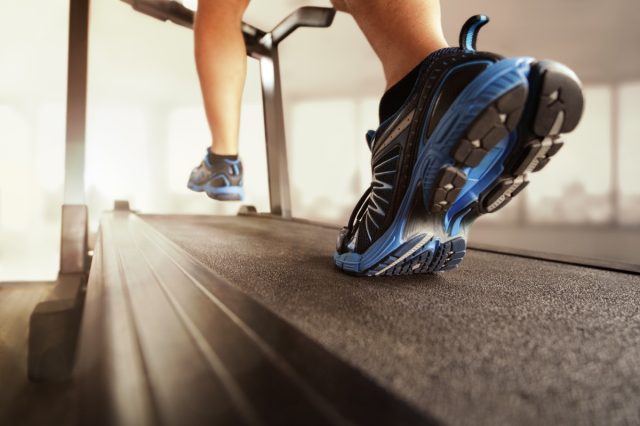
Absolutely. I wouldn’t replace all my training with backward treadmill walks, but I will keep it in rotation. Two to three times a week seems to be the sweet spot. It’s low-impact, simple to do, and delivers tangible benefits. It challenged my coordination, hit my quads hard, and gave my knees a welcome break from all the pounding they usually take.
What started as curiosity turned into something I’ll stick with in the long term. Walking backward on the treadmill gave me stronger legs, better joint support, and a new tool to keep my body moving pain-free. Sometimes the best results come when you flip things around—literally.